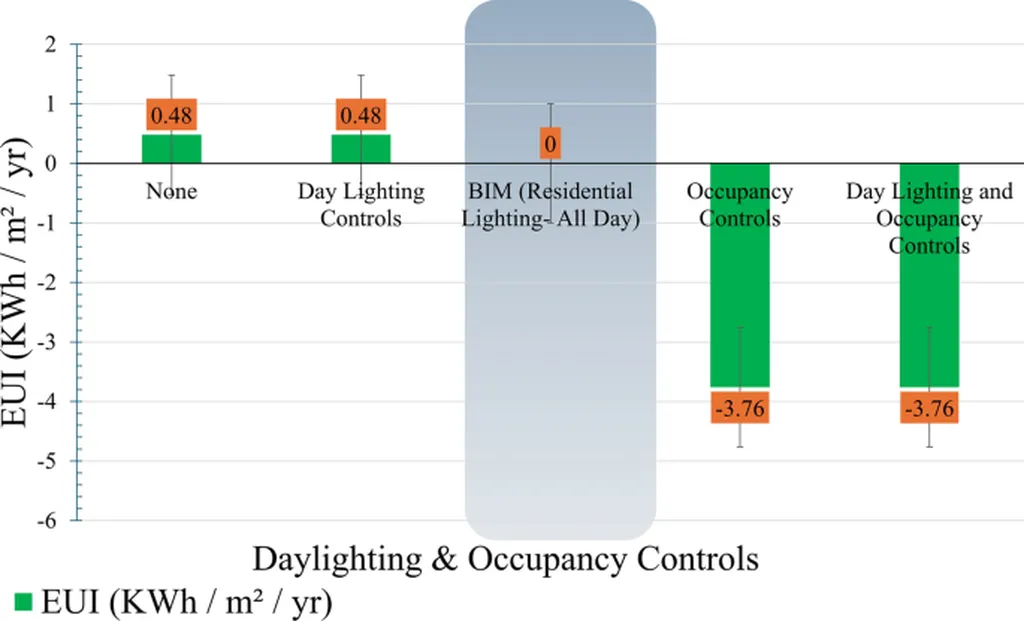In the heart of Dhaka, Bangladesh, a groundbreaking study is reshaping how we think about residential building design and sustainability. Md. Golam Shahria Bhuyain, a researcher from the Department of Civil Engineering at Leading University, has leveraged the power of 6D Building Information Modeling (BIM) to optimize energy efficiency in typical residential structures. His work, published in *Discover Civil Engineering* (which translates to *Exploring Civil Engineering* in English), offers a blueprint for reducing energy consumption and enhancing sustainability in the built environment.
Bhuyain’s research focuses on a conceptual residential building model, using advanced BIM tools like Autodesk Revit 2020, Autodesk Insight360, and Green Building Studio. By developing an energy model adhering to ASHRAE Standard 90.1 guidelines for climate zone 1A, he conducted simulations to assess energy consumption and sustainability performance. “The goal was to identify optimal building parameters that could significantly reduce Energy Use Intensity (EUI),” Bhuyain explains. “Through our simulations, we found a potential 7.2% reduction in EUI, from a baseline mean of 306 kWh/m2/year to 284 kWh/m2/year.”
This reduction is not just a number; it represents a substantial step forward in the quest for energy efficiency. For the energy sector, the implications are profound. As cities around the world grapple with the challenges of urbanization and climate change, the demand for high-performance, sustainable buildings is on the rise. Bhuyain’s research provides a practical framework for achieving these goals, offering a roadmap for developers, architects, and engineers to follow.
The study incorporates local codes, such as the Bangladesh National Building Code (BNBC) 2020, and prevailing design practices, ensuring that the findings are both relevant and actionable. “We didn’t just look at international standards; we considered the specific context of Dhaka,” Bhuyain notes. “This makes our findings particularly valuable for local practitioners.”
The commercial impacts of this research are far-reaching. For the energy sector, the potential to reduce energy consumption in residential buildings translates to lower energy bills for consumers and a reduced carbon footprint for the industry. For developers, the ability to design buildings that meet sustainability standards can enhance their marketability and appeal to environmentally conscious buyers.
As the global construction industry increasingly focuses on enhancing energy efficiency and achieving sustainability, Bhuyain’s work offers a timely and valuable contribution. “This research is just the beginning,” he says. “There’s so much more we can do with 6D BIM to optimize building performance and create a more sustainable future.”
In the coming years, we can expect to see more projects leveraging the power of BIM and advanced simulation tools to design high-performance structures. Bhuyain’s research sets a precedent, demonstrating the potential of these technologies to transform the built environment. As the industry continues to evolve, the insights gained from this study will undoubtedly shape future developments, paving the way for a more energy-efficient and sustainable world.

